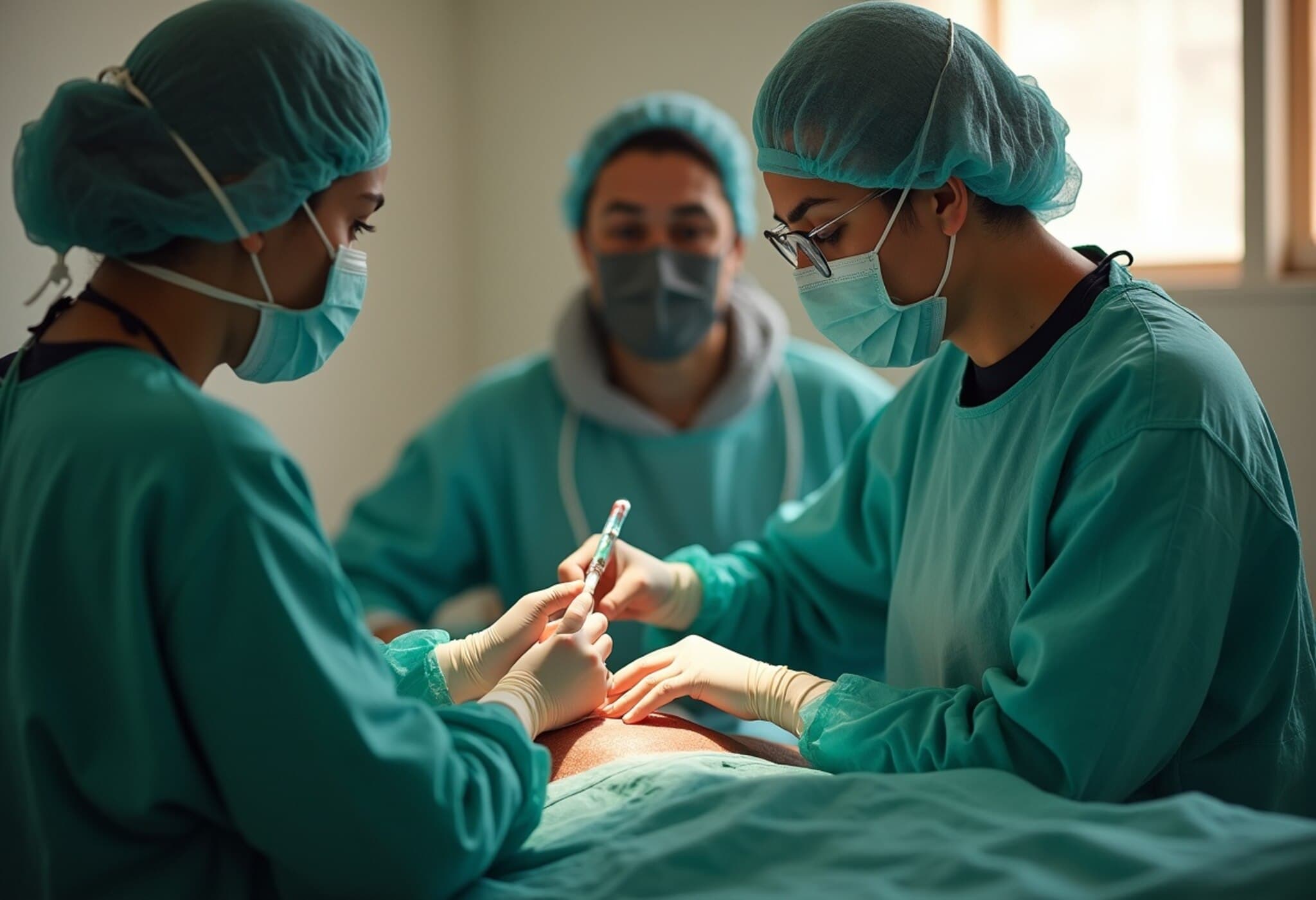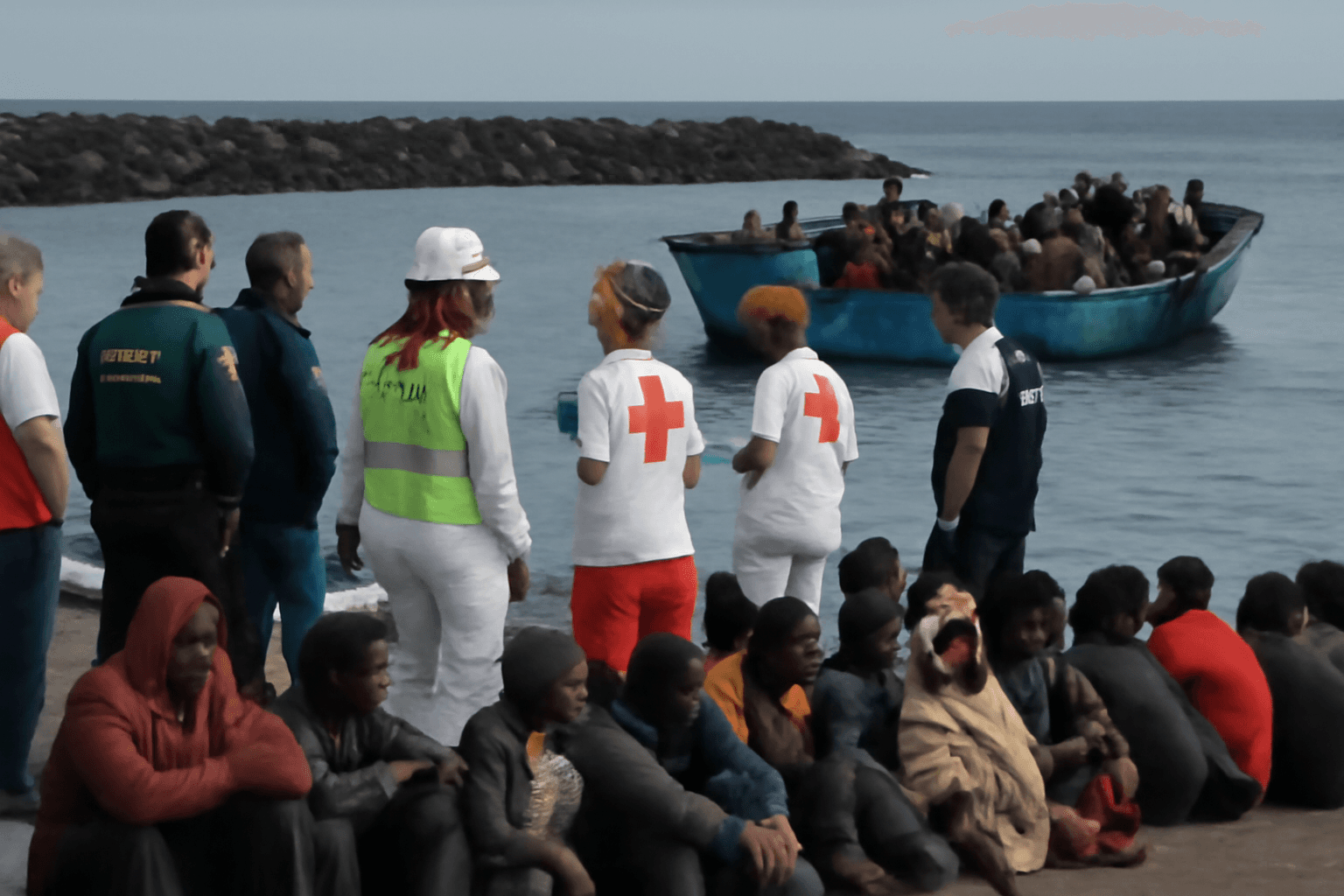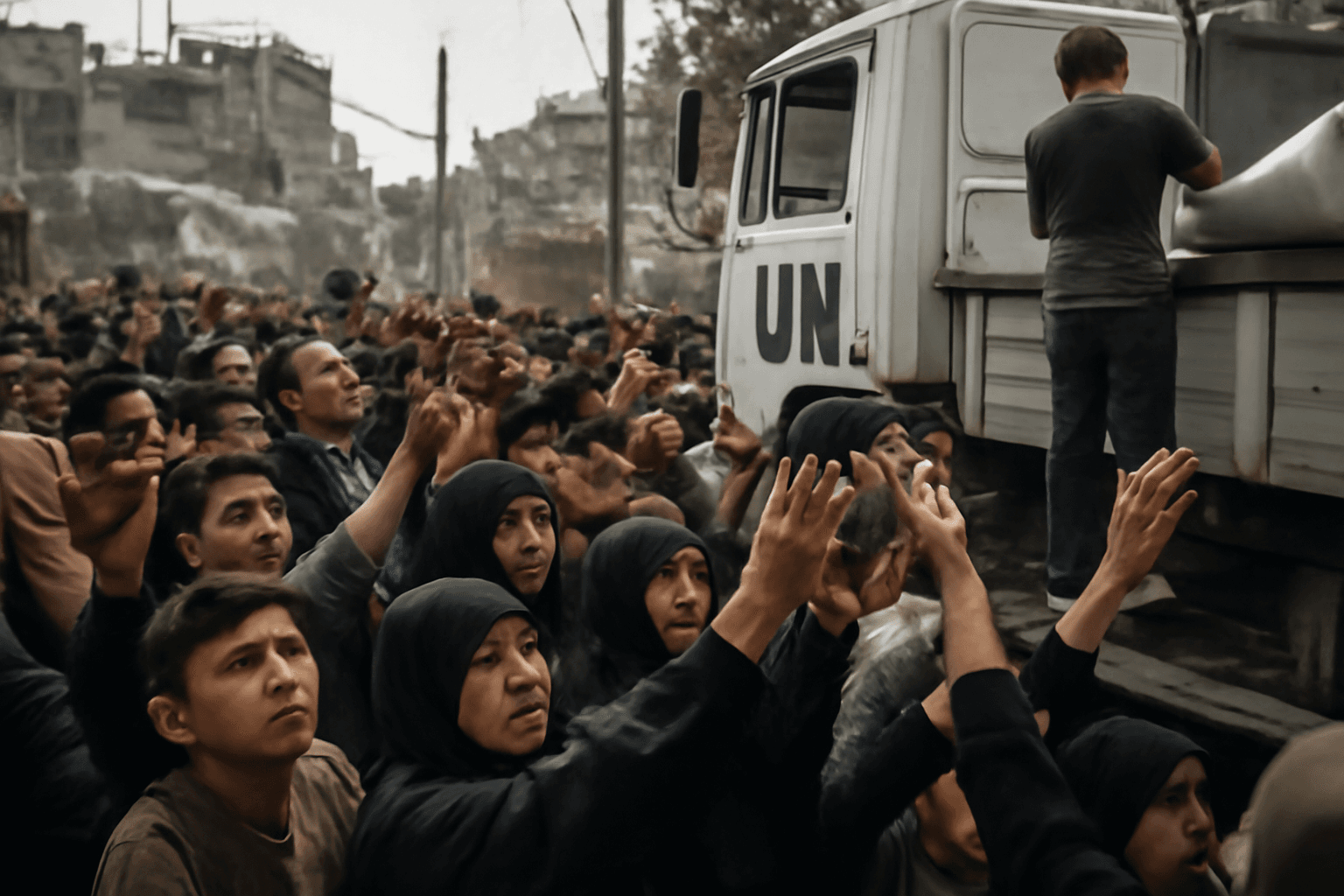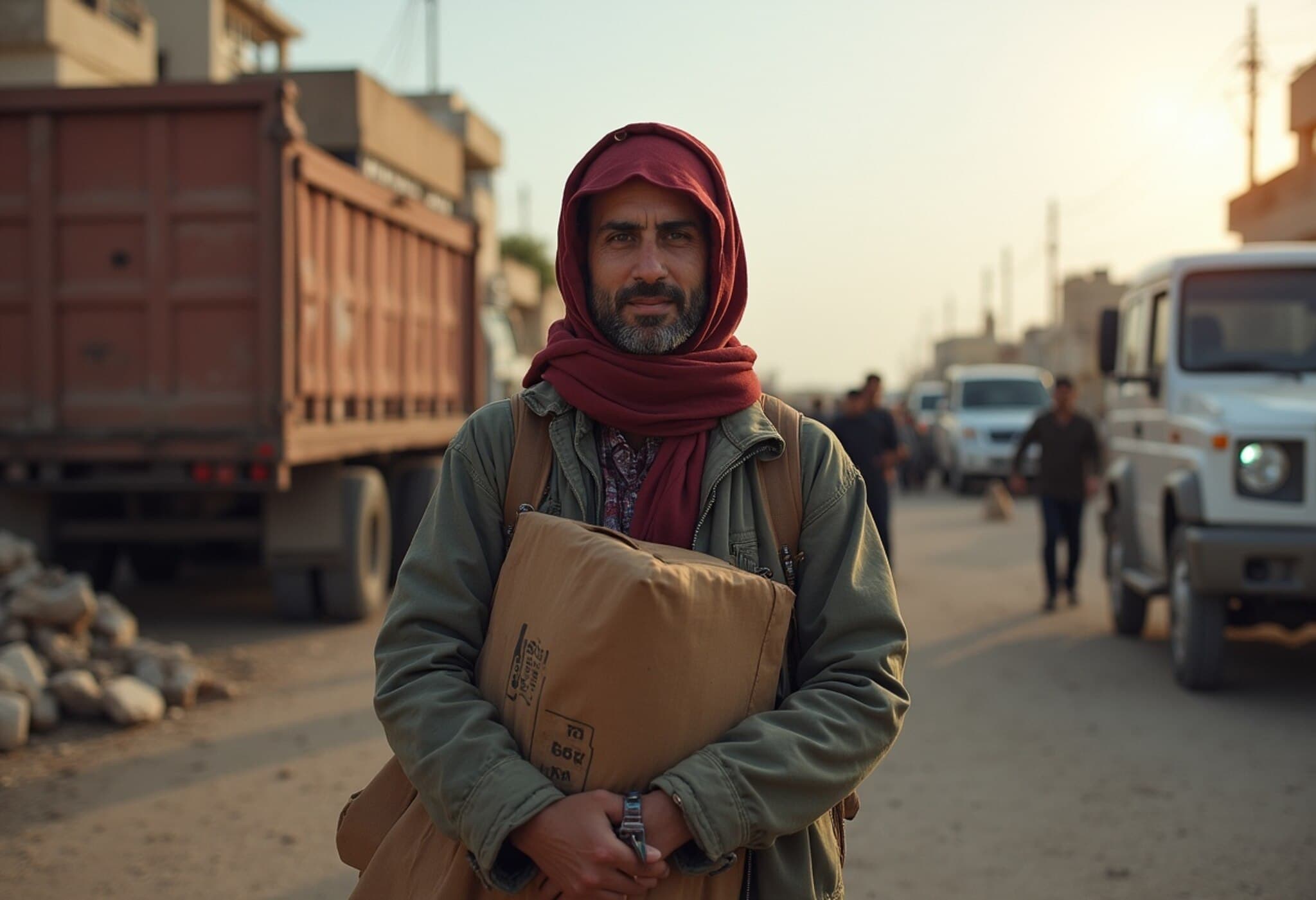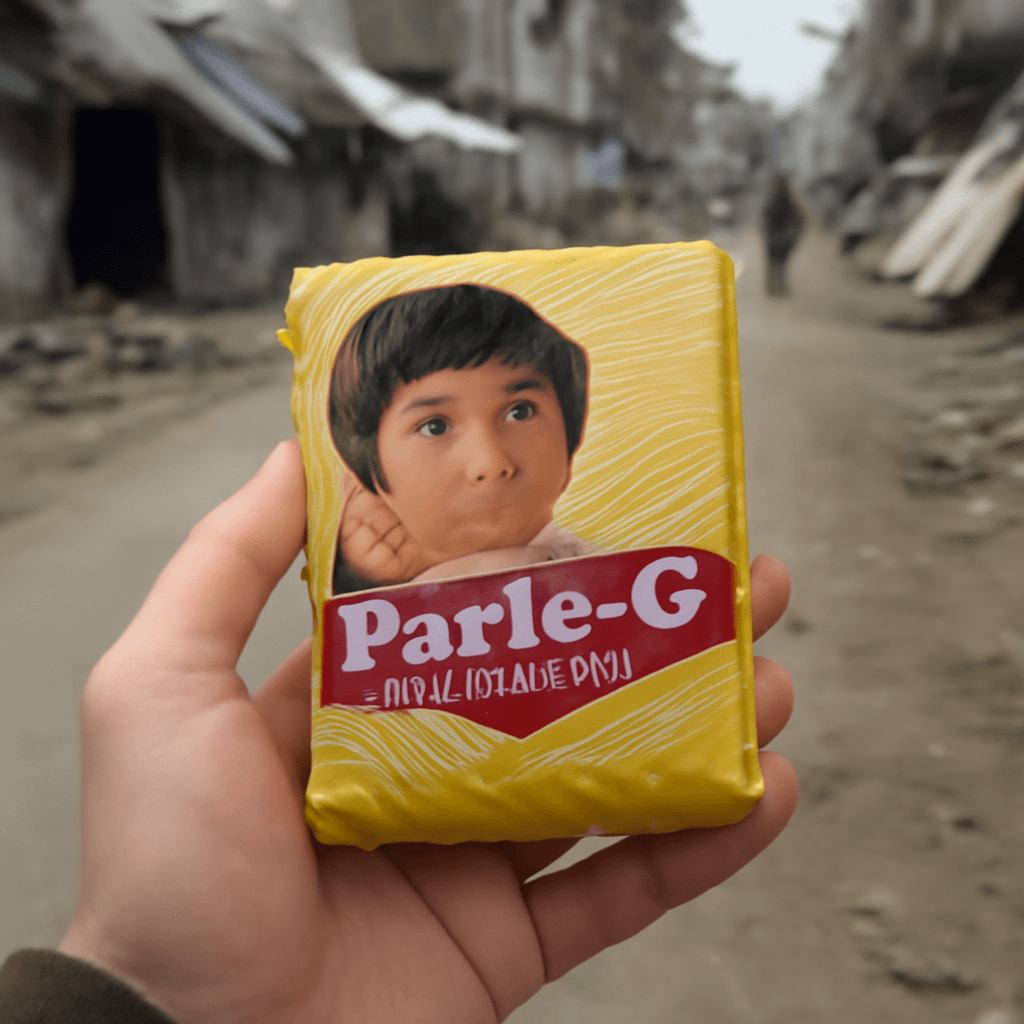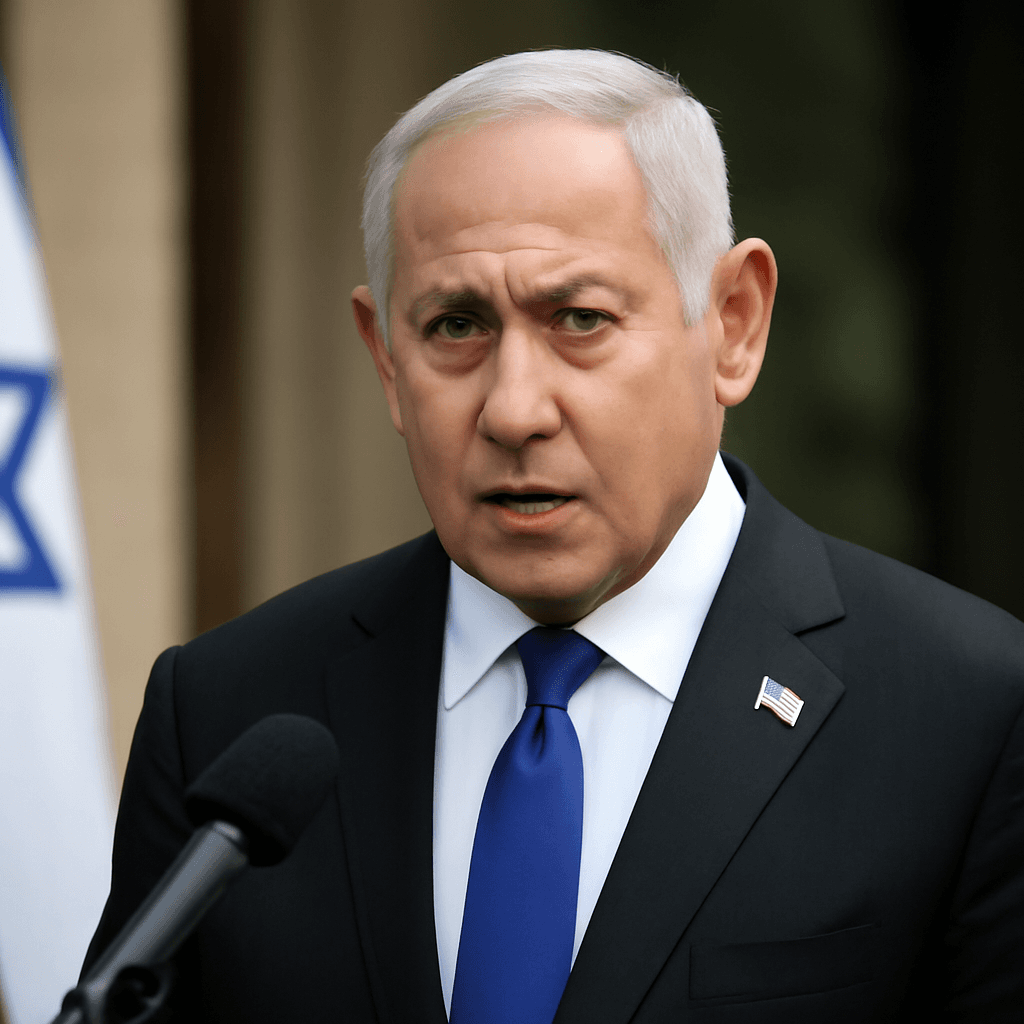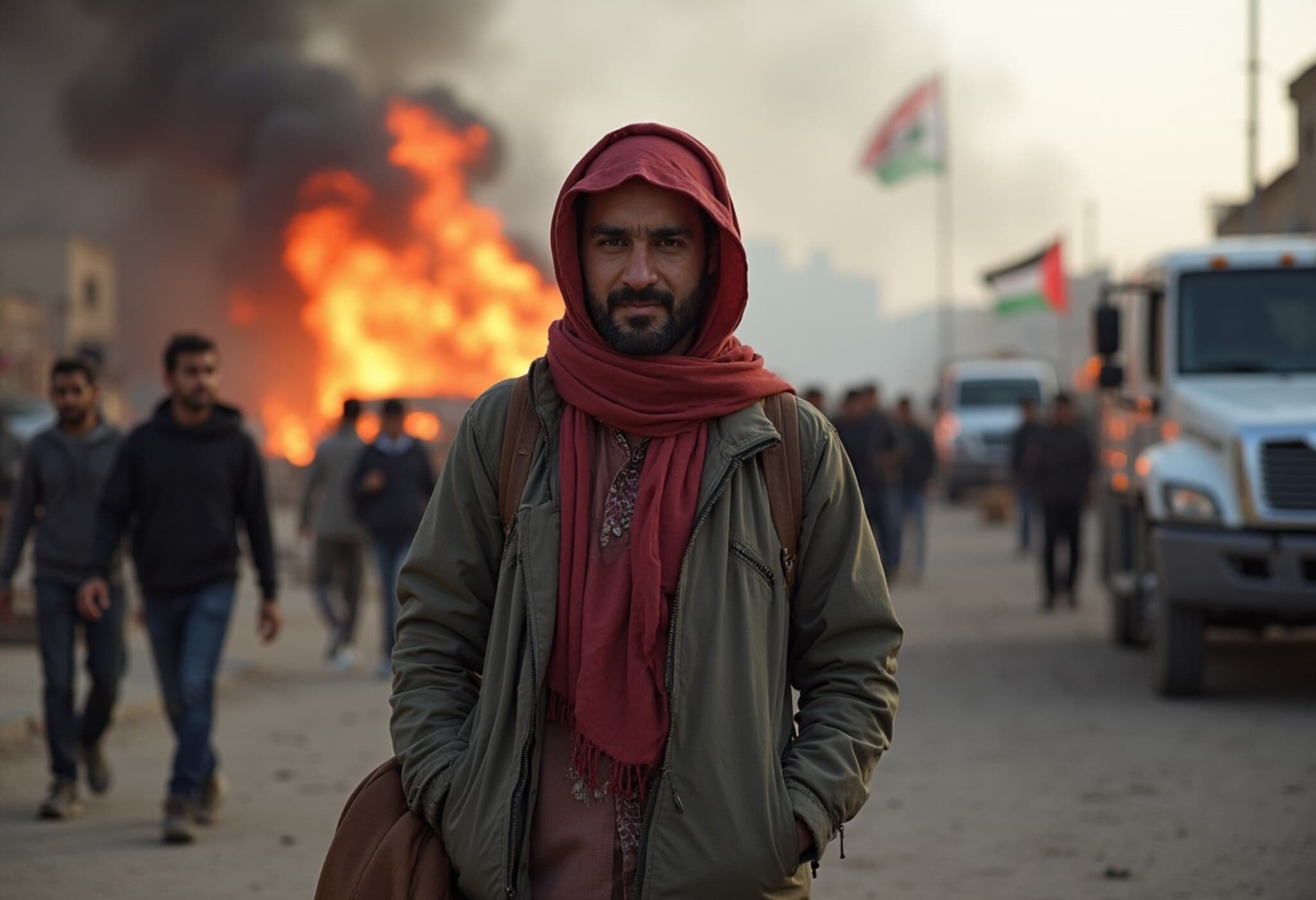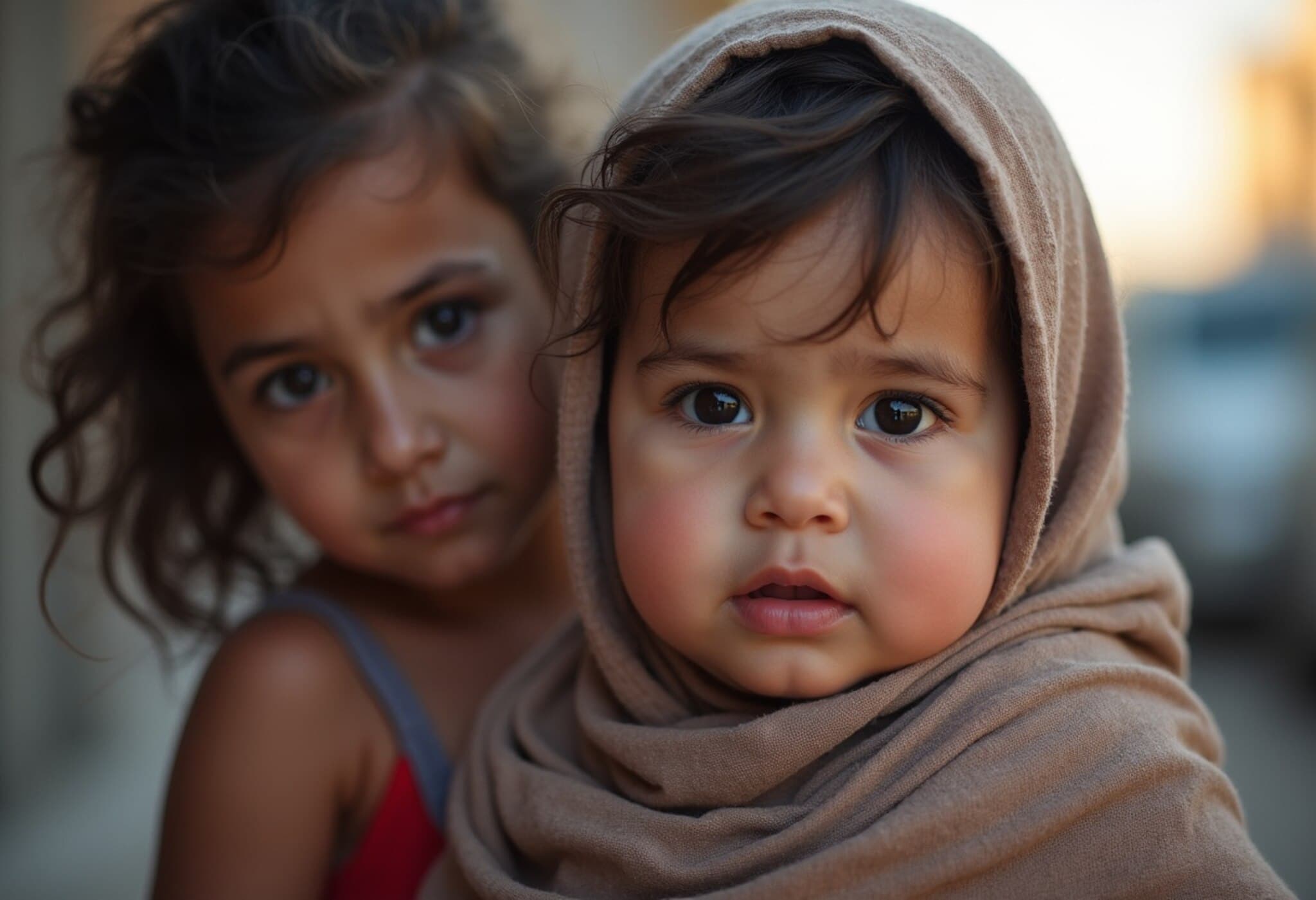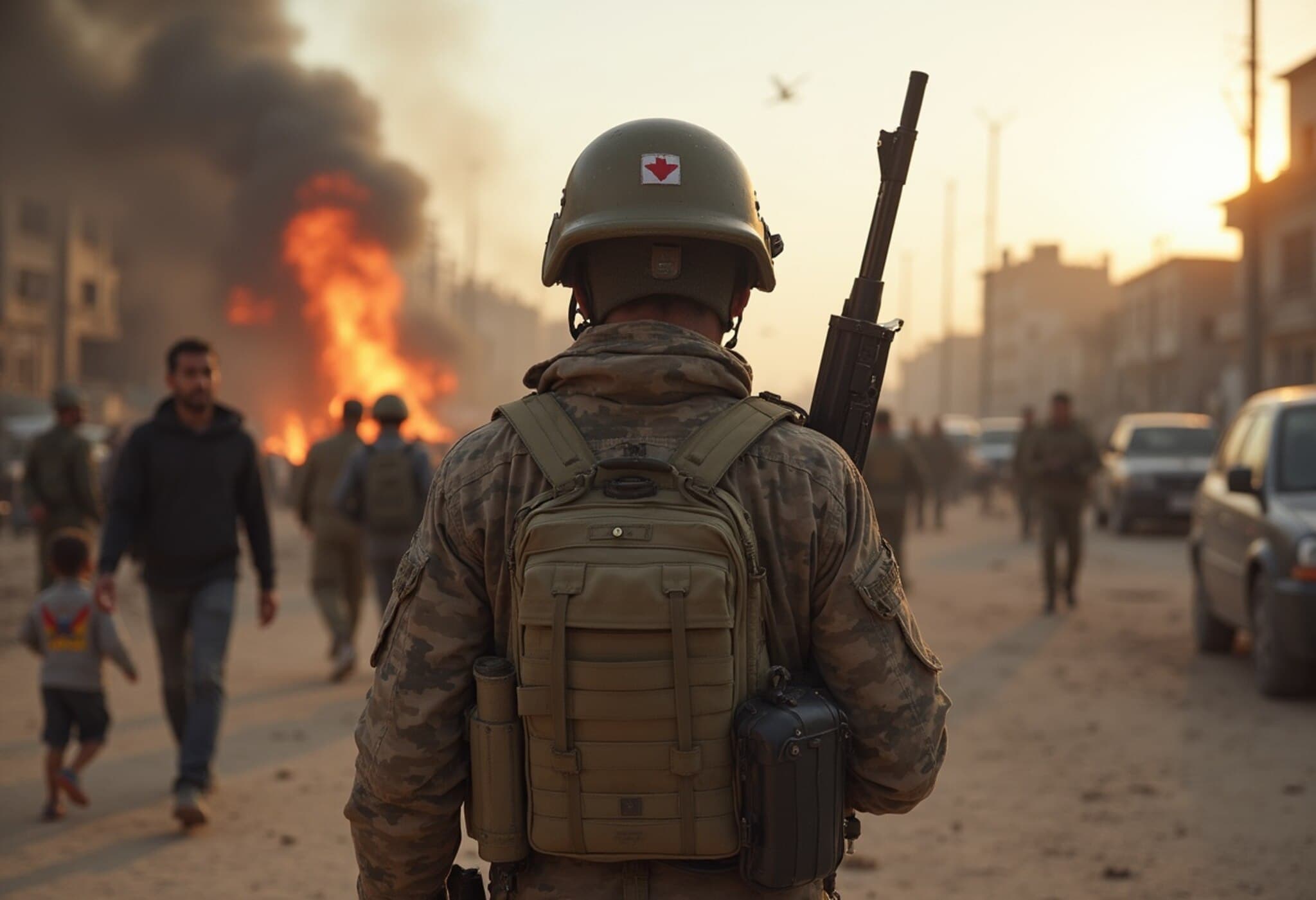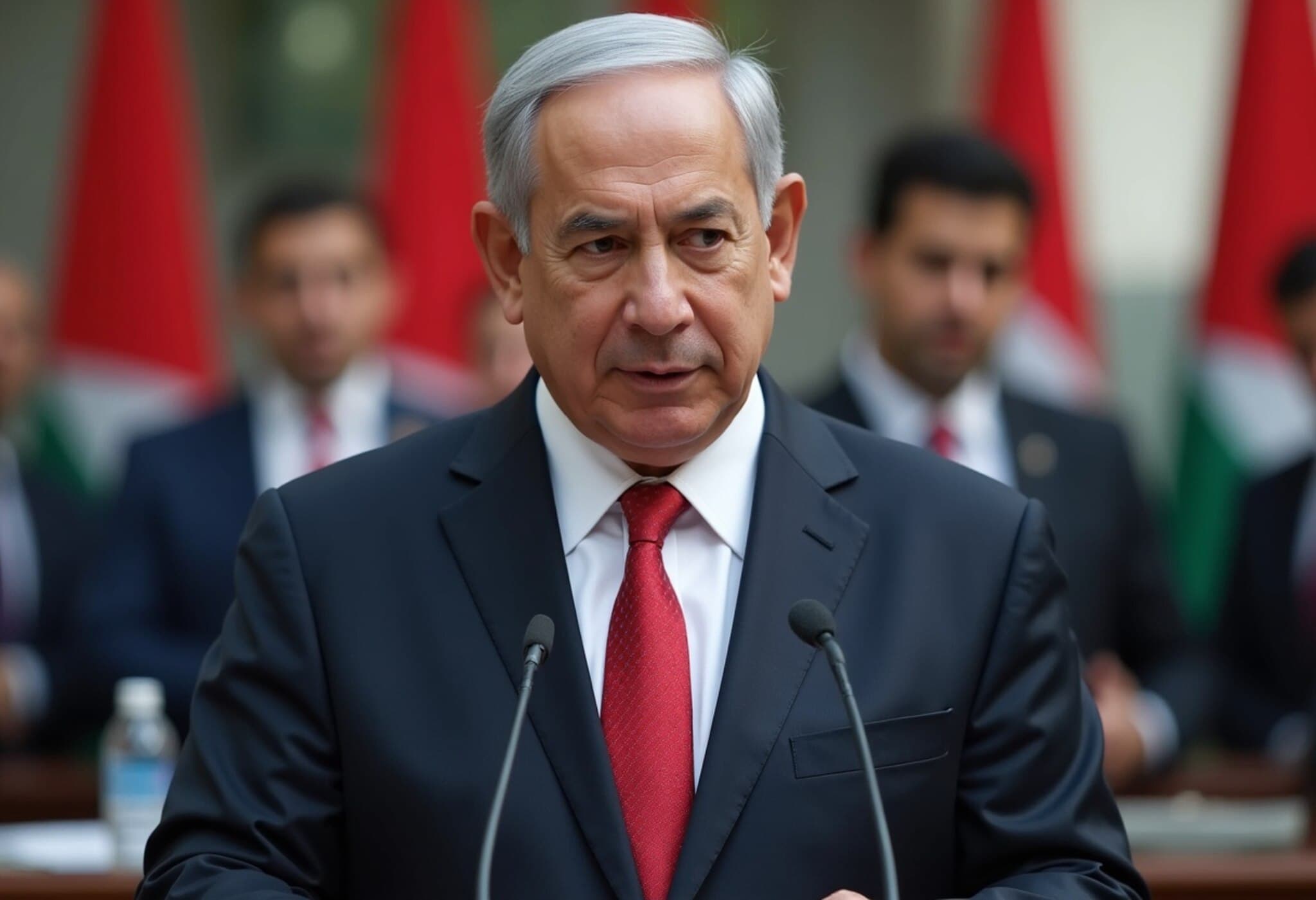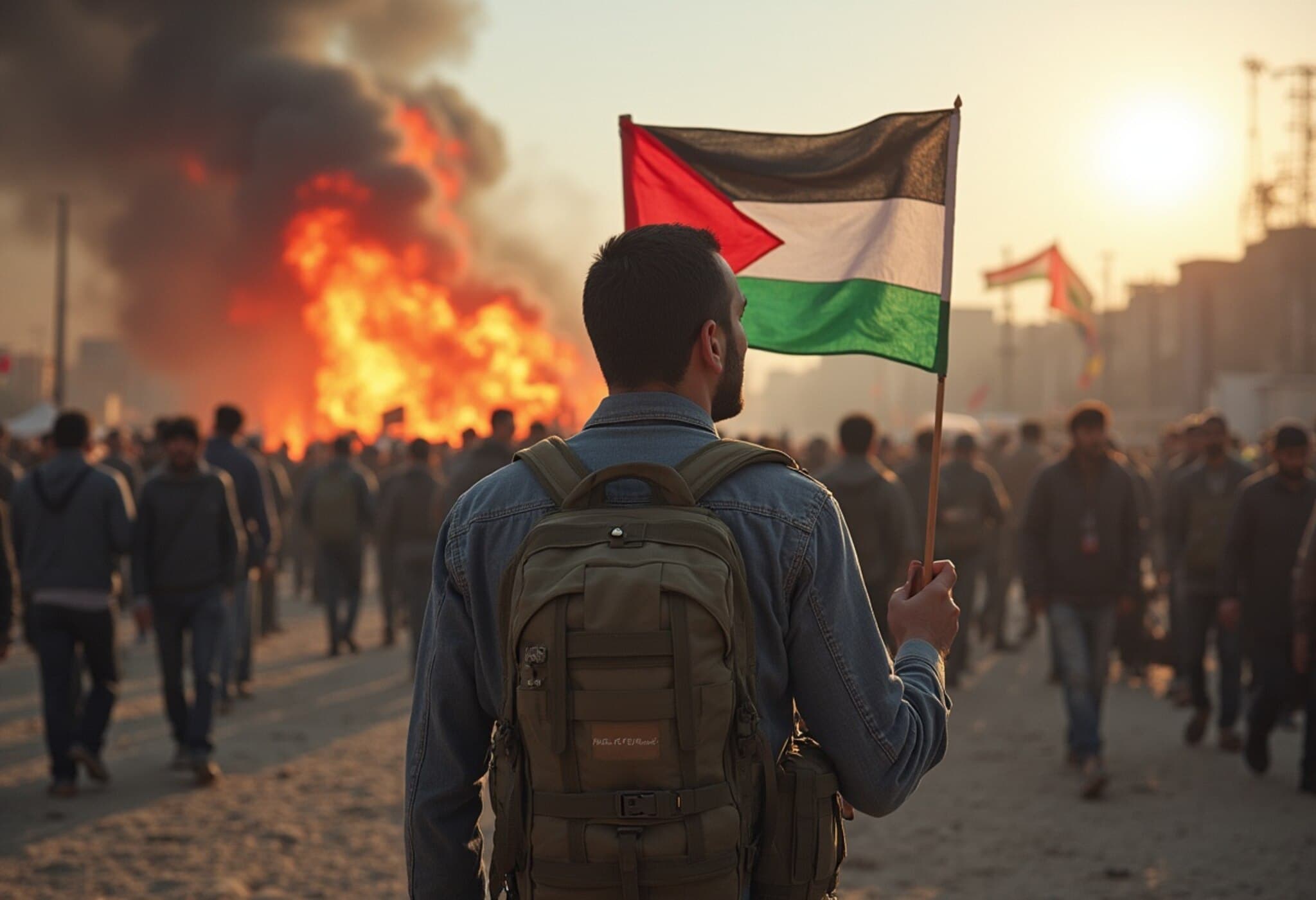The Harrowing Realities Faced by Medical Volunteers in Gaza
In the besieged healthcare facilities of Gaza, volunteer doctors are confronting heartbreak and devastation daily. British surgeon Dr. Graeme Groom, who has dedicated years of experience in limb reconstruction, finds himself working in an unimaginable war zone—a place where even children are casualties of relentless violence and deprivation.
During a visit to the Nasser Hospital in Khan Younis, Dr. Groom recalled treating a seven-year-old girl who had lost both legs to a bomb blast. "It's shaming for me and appalling for humanity," he said, reflecting on how this young life would unfold amid ruined infrastructure and scarcity. Despite the surgery that could save her life, the future offered to these children is bleak, marked by malnutrition, lack of prosthetics, and profound disability.
Malnutrition: A Silent, Deadly Consequence
Far beyond the visible wounds lies a creeping crisis: starvation. Contrary to some official claims, expert volunteers report widespread and severe malnutrition within Gaza’s civilian population, particularly affecting infants and children. Dr. Groom witnessed neonates suffering from acute malnutrition daily; mothers, starved themselves, often cannot produce breast milk, leaving babies vulnerable.
From March to May, 60 lactose-intolerant infants died at Nasser Hospital due to the unavailability of specialized baby formula. Dr. Groom challenges narratives denying starvation: "The effects of starvation will be so obvious," he emphasizes.
Healthcare Workers Amidst Conflict and Aid Restrictions
British plastic surgeon Dr. Victoria Rose also recounts how malnutrition saps patients’ ability to heal, rendering surgical intervention far more complex and often less effective. She describes patients as "skin and bone," their immune responses depleted.
Moreover, the humanitarian situation deteriorates as aid deliveries face severe restrictions. Gaza requires an estimated 62,000 tonnes of food monthly; however, only about a third arrives due to tight control over border crossings and limited convoy approvals. These constraints compound the already overwhelming medical crisis.
Rising Gunshot Injuries at Aid Distribution Points
The conflict’s violence does not spare civilians seeking essential sustenance. Doctors describe a disturbing rise in gunshot wounds, notably at humanitarian aid sites. Many wounded patients are young males, some as young as eleven, shot while waiting for or fleeing from food distribution.
Dr. Rose details gunshot injuries consistent with victims shot in the back of the legs, aligning with witnesses’ accounts of individuals being shot as they tried to escape. The injuries—ranging from abdominal to groin wounds—have led to serious disability, including paralysis and amputations.
Dr. Nick Maynard, with 15 years volunteering in Gaza, corroborates this pattern. He reported clusters of injuries affecting specific body parts on particular days, including reports of four teenage boys shot in the testicles—a chilling indicator of targeted violence.
The Psychological and Social Toll
These physical injuries alone tell a heartbreaking story, but there is also immense psychological trauma. Many patients are part of families wiped out by bomb blasts, such as 11-year-old Adam al-Najjar, whose nine siblings were killed in a single strike. Though Adam escaped with severe injuries, his future and that of countless others remains uncertain.
Voices from the Field: The Frontline Perspective
Iraqui physiotherapist Rieke Hayes, volunteering with the Red Cross at Rafah, describes Gaza as "a comprehensive humanitarian catastrophe." She highlights relentless civilian suffering, from multiple forced displacements to razor-thin medical resources—her hospital has only one wheelchair for paraplegics—a stark testament to the crisis.
Hayes recalls mass casualty incidents almost daily, particularly since humanitarian aid sites opened, noting a shift from predominantly blast injuries to gunshot wounds. The indiscriminate nature of death is exemplified by a 13-year-old struck by a stray bullet while waiting inside a hospital, underscoring the fragile safety even within medical sanctuaries.
Contested Narratives and the Call for Accountability
The conflict’s narratives are fiercely contested. Israeli officials attribute shortages and violence to Hamas, accusing the group of diverting aid. Hamas denies this, blaming Israel’s restrictions. Human rights organizations highlight lethal force used against civilians and urge the immediate lifting of aid blockades and cessation of violent crowd control measures.
Amid these complex geopolitical debates, the voices of medical professionals—who witness suffering in its rawest form—serve as powerful testimony to the urgent humanitarian crisis unfolding in Gaza.
Conclusion
The accounts of surgeons and aid workers reveal a layered tragedy: children maimed, families starved, civilians shot while seeking aid, and a healthcare system pushed to the brink. Their testimonies challenge official claims and shed light on the human cost often obscured by politics and media restrictions.

